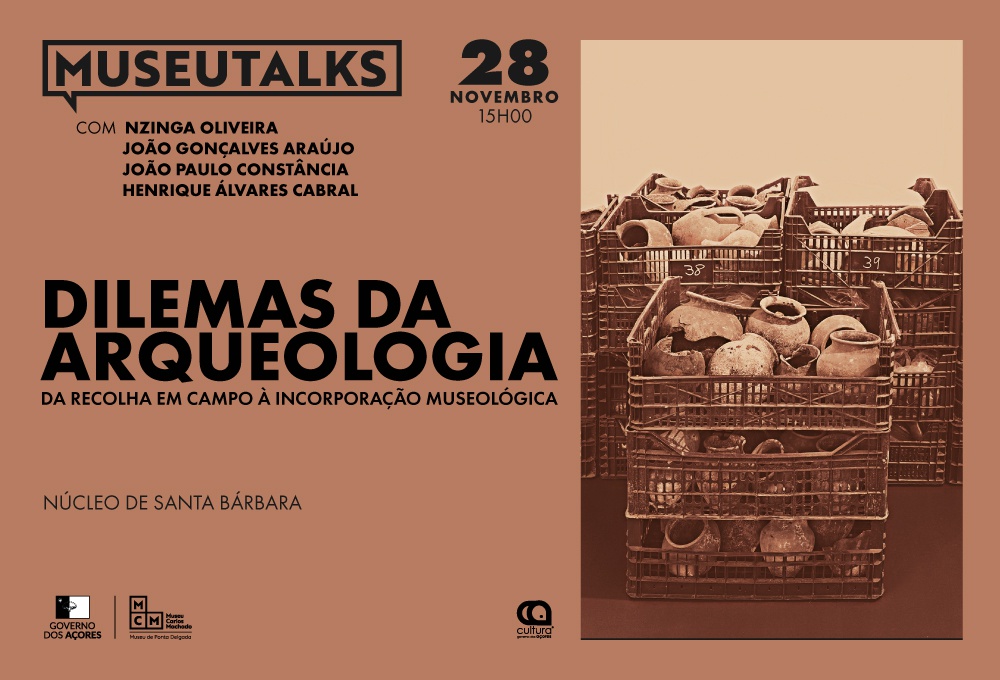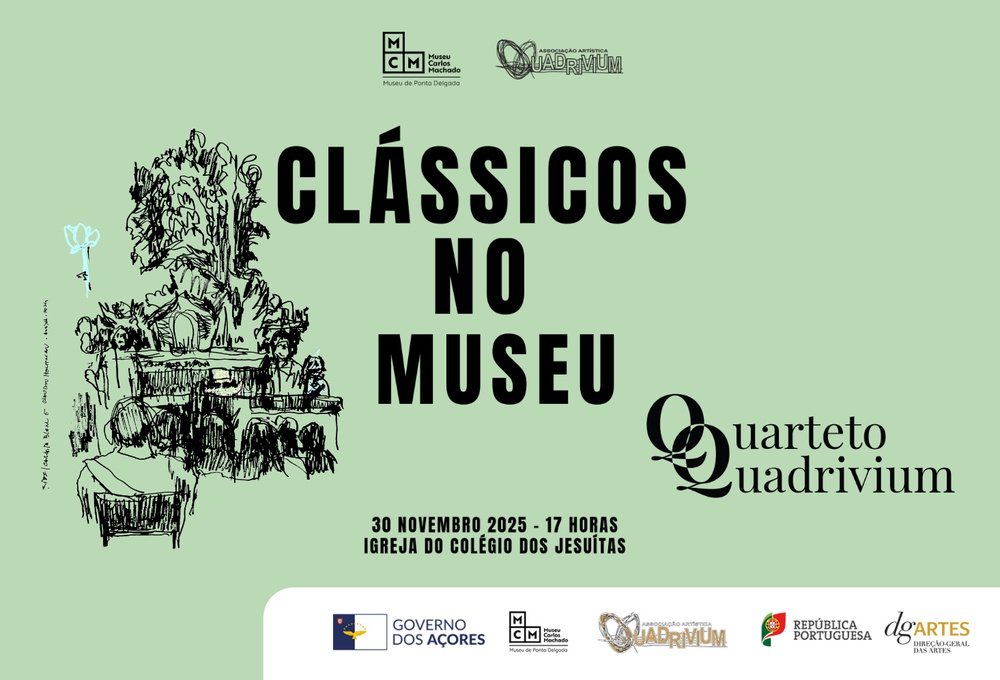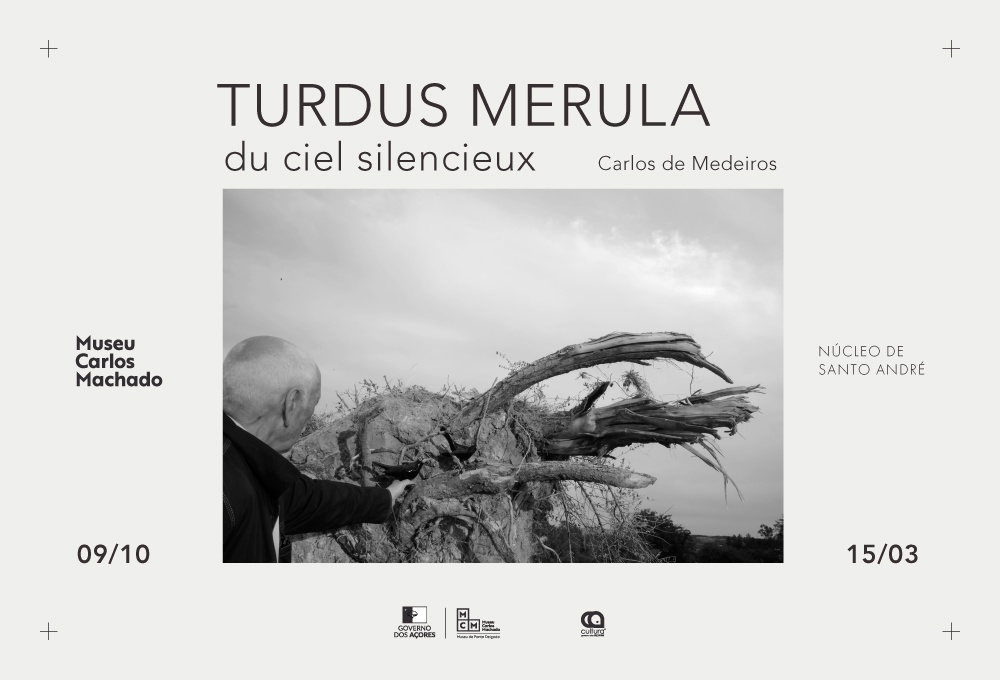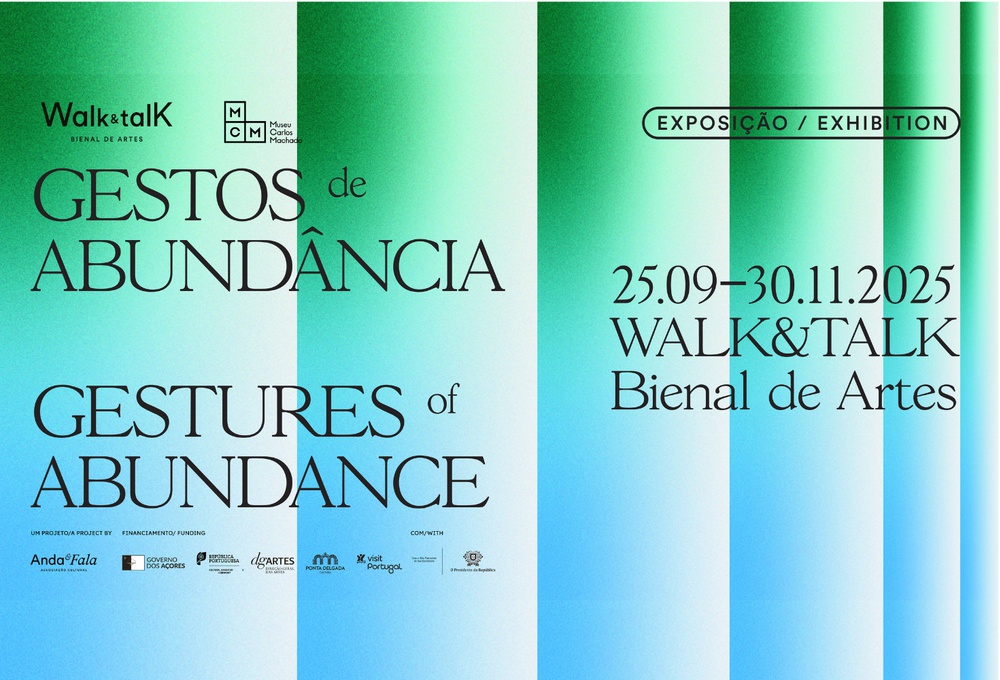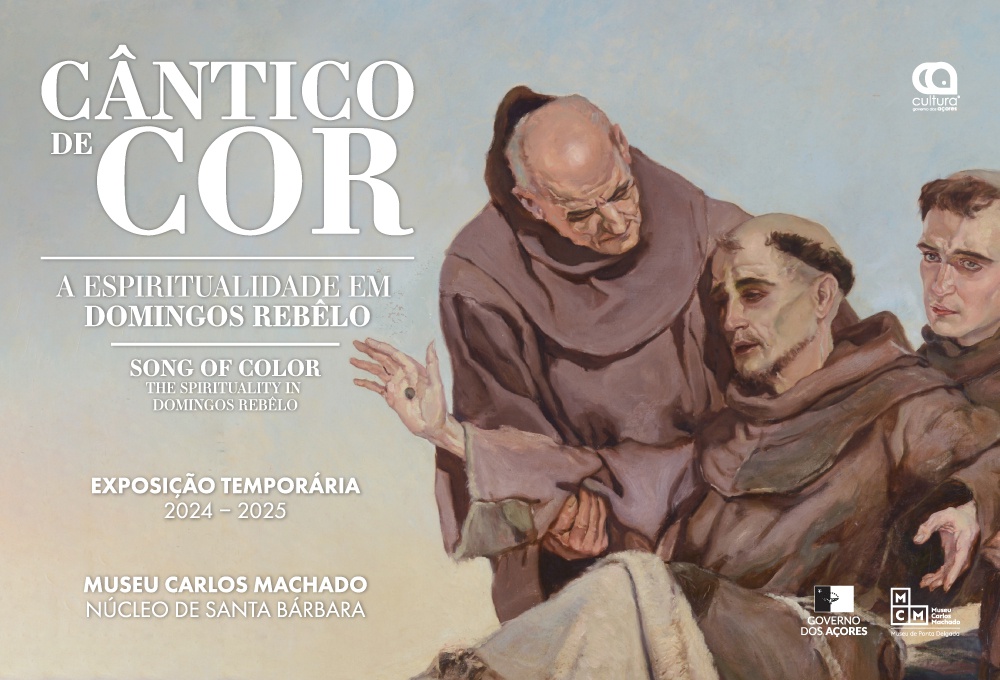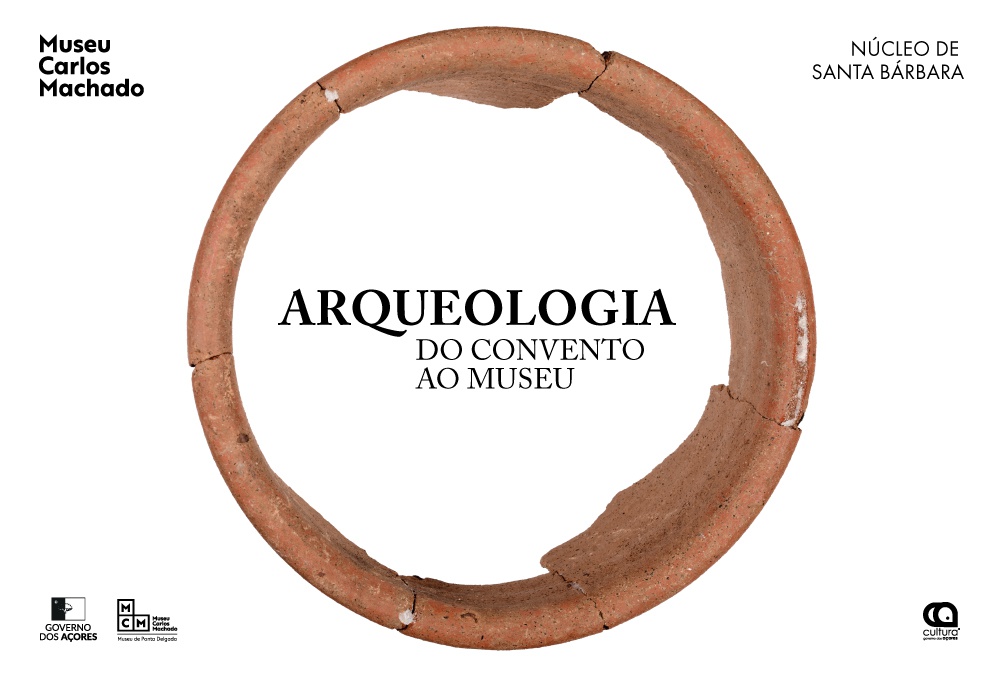THE (IM)POSSIBILITY OF AN ISLAND
Carlos Machado Museum’s current exhibition, curated by Vitor Teves and designed by Joël Fernandes, stems from a reading of a novel by Michel Houellebecq - The possibility of an island - published in 2005 in France and in 2006 in Portugal. Even though this dystopia kickstarts this exhibit, it doesn’t exclude other concepts from it. Thus, we can say the curator took over its Reading and through it created a nonlinear narrative between all the works exhibited.
In this exhibition, the spectator is the main work, it is him that, through his freedom as an individual, or if we prefer, as na island, creates his own route. So, no clear course is imposed on the spectator, for the simple reason that in art one should cut its own path. Even considering its fluidity, a concept that is behind all the constellations presented, this exhibition has a clear didactic feature throughout, for instance, with the clear presentation and reinforcement of the basic elements of visual creation: color, line, geometry, symmetry, rhythm, perspective, plan, the importance of the word, etc. In this exhibition, which flows between impossibility and possibility, the spectator is faced with a game of duality from the very start, the first of which is losing himself (impossibility) and finding himself (possibility). The visual formalism (Heinrich Wölfflin) merges here with the heirs of Aby Warburg (Didi-Huberman).
In a synthesis game, two characters were found for the exhibition that exemplify the impossibility and the possibility: Moses and Aaron, characters of an opera of the same name from Schoenberg and of an important film from the French duo Straub-Huillet. Moses represents, in summary, the difficulty in expressing in words complicated and complex concepts, like the concept of “experience” or the concept of “God”. Conversely, Aaron symbolizes extreme reductionism and fleeting pragmatism, which prelude the misrepresentation of the nature of concepts and the creation of anecdotal error, or in a last
instance the creation of “It is this”, or “the golden calf”.
More than developing the opposing forces of dualities, this exhibition points towards that which poet Manuel Gusmão called Dialogical Reason, in his book A Razão Dialógica. Ensaios Sobre Literatura, a Sua Experiência do Humano e a Sua Teoria (2011).
More than condemn the opposing forces, alternatively there’s a will to create an equilibrium (even if always with tension) between what is by nature opposite, meaning, there’s a search for a dialogue between the figurative and the abstract, between painting and literature, between silence and sound, between word and image, between history and present, etc.
“Between” is in this exhibition the word of choice, an order of a space without linear order. Enter the exhibit and form the “between”, the space between things and people.
Vítor Teves
